Buy/Drive/Burn: Japanese Pickup Truck Impostors From 2008

Buy/Drive/Burn has focused solely on Japanese trucks lately, and thus far covered the Seventies, Eighties, and Nineties. Today we turn to the new century and take a look at three midsize Japanese pickups. They have something in common: All them are pretending to be a different brand than they actually are.
Badge games, activate!
Isuzu i-370
The Isuzu is a Chevrolet in disguise. Isuzu had a history of using Chevrolet’s smaller truck as its own, as through 2000 it sold the S-10 rebadge known as Hombre. For the Colorado, Isuzu assisted GM with development of its new pickup. Chevrolet debuted the new Colorado in 2004, and the new i-Series went on sale for the 2006 model year. Available were the i-290 with a 2.9-liter inline-four, or the upmarket i-370, which used a 3.7-liter inline-five. Four-cylinder models were available only as extended cab, while five cylinders were found in the extended cab and crew cab. Transmissions included a four-speed auto or five-speed manual. A very poor seller, Isuzu was done marketing vehicles in the U.S. as 2008 drew to a close, and the i-Series was cancelled.
Mitsubishi Raider
This Mitsubishi is a Dodge through and through. Since the first Raider was a Dodge sourced from Mitsubishi, someone thought it would be funny if the second Raider was a Mitsubishi sourced from Dodge. Mitsubishi was without a pickup truck in the U.S. since 1996, and regulation meant its international trucks were subject to the chicken tax.
A no-go.
When the new Dakota debuted for the 2005 model year, the Raider followed as an ’06 model. Raiders had a two-step production process: They were first built in Warren, Michigan alongside the Dakota, and then sent to the DSM factory in Normal, Illinois where Mitsubishi-specific parts were attached with care. Extended cab and crew cabs were on offer, as were two different engines from the Grand Cherokee: a 3.7-liter V6 and a 4.7-liter V8. Sales were very poor, and the V8 option went away after 2007. Raider continued on through the 2009 model year, and was not replaced.
Suzuki Equator
Today’s Suzuki is a Nissan that put on a mustache. Suzuki had never sold a pickup in North America before, so it looked to a new Frontier. Based on the D40 Frontier that went on sale in 2004, the Equator hit Suzuki lots in 2008 as a 2009 model. U.S. customers chose from extended cab or crew cab varieties, while Canadians chose only from a single trim of the crew cab. Extended cab versions carried an optional 2.5-liter inline-four from Nissan or the venerable and thirsty VQ40 4.0-liter V6. The V6 came standard on crew cab trucks. Transmissions had five speeds, whether they were manual or automatic. Another slow seller, the Equator lasted only through 2010 in Canada, and 2012 in the U.S. Suzuki did not replace the Equator, withdrew from the U.S. during 2012, and Canada in 2014.
Three dead trucks from two dead brands (and one hanging by a thread). Which one’s worth a Buy in 2008?
[Images: Suzuki, Mitsubishi, Isuzu]

Interested in lots of cars and their various historical contexts. Started writing articles for TTAC in late 2016, when my first posts were QOTDs. From there I started a few new series like Rare Rides, Buy/Drive/Burn, Abandoned History, and most recently Rare Rides Icons. Operating from a home base in Cincinnati, Ohio, a relative auto journalist dead zone. Many of my articles are prompted by something I'll see on social media that sparks my interest and causes me to research. Finding articles and information from the early days of the internet and beyond that covers the little details lost to time: trim packages, color and wheel choices, interior fabrics. Beyond those, I'm fascinated by automotive industry experiments, both failures and successes. Lately I've taken an interest in AI, and generating "what if" type images for car models long dead. Reincarnating a modern Toyota Paseo, Lincoln Mark IX, or Isuzu Trooper through a text prompt is fun. Fun to post them on Twitter too, and watch people overreact. To that end, the social media I use most is Twitter, @CoreyLewis86. I also contribute pieces for Forbes Wheels and Forbes Home.
More by Corey Lewis
Latest Car Reviews
Read moreLatest Product Reviews
Read moreRecent Comments
- VoGhost "compliance EVs" - so typically Posky. Come on, Matt, come clean about what Big Oil is paying you already.
- VoGhost Great to see leadership from Washington in supporting American businesses and job creation.
- VoGhost Oh, Mattie, I am BEGGING you to take a course in economics. There's probably a community college near you offering courses for free or very cheap. Seriously, people this ignorant of basic economics really should not be writing this drivel. Stick to what you know: pimping for big oil.
- 2manyvettes I was a computer instructor in a local technical college for some years teaching Windows OS and Micosoft Office. Not long before I retired I purchased a Mac Book Air laptop. It didn't take me long to learn the Apple OS and the first thing I learned was the lousy job Microsoft did ripping off the Apple software. I purchased Microsoft Office for Apple at the time and discovered when Apple upgraded the OS to 64 bit and my 32 bit Office software would no longer run on the laptop, that embedded in the Apple OS was software that could open any Office file and could save any file in Microsoft file format. I have always felt if Apple sold product at PC prices they would put Microsoft out of business. Oh, and I bought my Mac ten years ago and still runs like brand new. Effect on Rivian? Who knows? Based on my experience with their technology, it could be interesting.
- Spectator This was an amazing vehicle. Back then Acura knew how to make a plush and comfy seat!



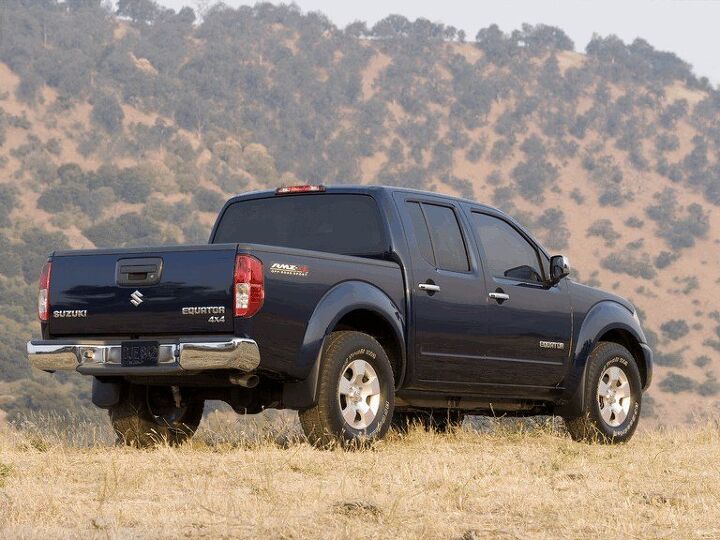















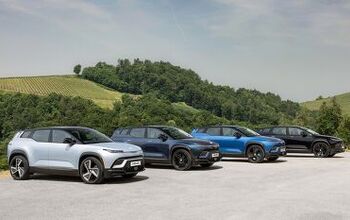


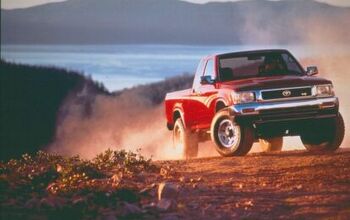
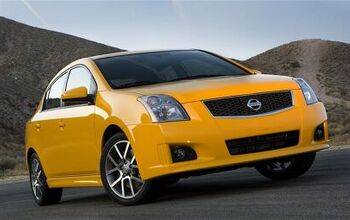
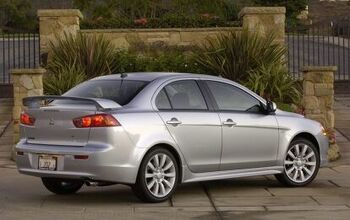
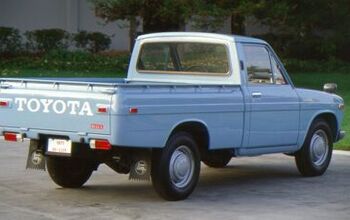
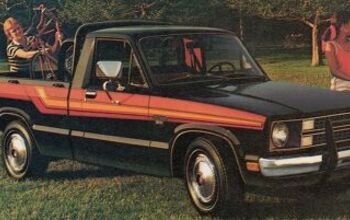
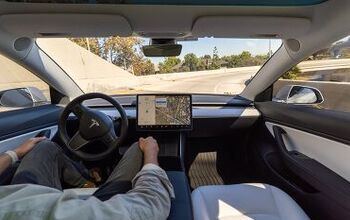
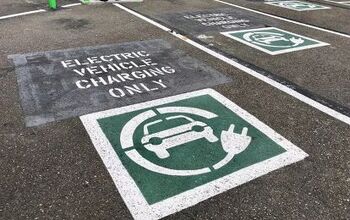
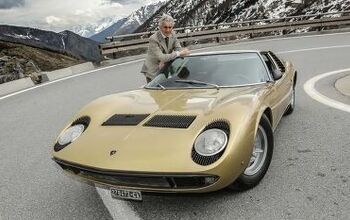
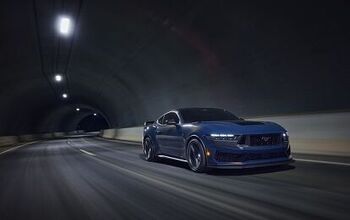
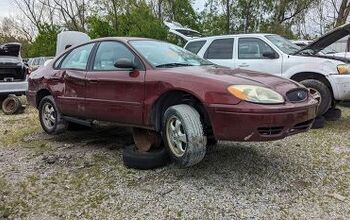

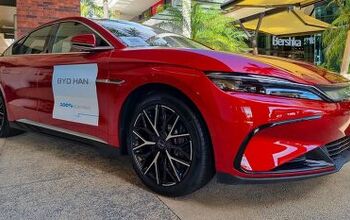
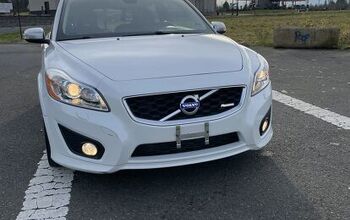
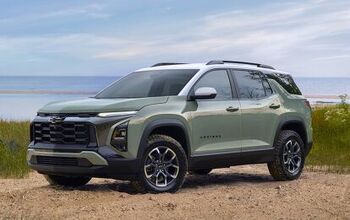
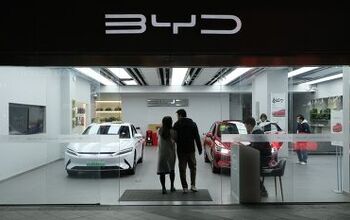
Comments
Join the conversation
Buy the Frontier. Deal with paying for a bit of extra gas for the VQ40. Drive the Colorado. Five-cylinder engine noise is cool. Burn the Dakota. Burn every 4.7 engine polluting the earth, anywhere.
Suzuki and Isuzu are actively manufacturing and selling passenger vehicles. Just not here in USA/Canada. Mitsubishi builds and sells the L200 / Triton pickup. Just not here in USA/Canada. All three brands are too small to survive on their own if you believe automotive experts. The only way to obtain scale for the vehicles they do make is to sell them under the umbrella of a larger brand partner. Mitsubishi shows no evidence of benefit from it's alliance. Time for GM, FCA, and Ford to go shopping.....